Open Source News
Marktechpost
28

Hugging Face Releases SmolLM3: A 3B Long-Context, Multilingual Reasoning Model
- Hugging Face released SmolLM3, a 3B long-context, multilingual reasoning model, offering strong capabilities with a compact design.
- SmolLM3 handles long sequences efficiently, supports multilingual processing, and demonstrates impressive tool usage performance.
- Released in base and instruction-tuned variants, SmolLM3 excels in long-context reasoning, dual-mode capabilities, and multilingual tasks.
- With strong performance across multiple benchmarks, SmolLM3's compact size and high-performance ratio make it suitable for various applications.
Read Full Article
1 Like
Siliconangle
304

Image Credit: Siliconangle
Sonatype report finds 188% spike in open-source malware in the second quarter
- Sonatype Inc. reported a 188% increase in open-source malware in the second quarter of 2025, with 16,279 newly discovered malicious packages across popular ecosystems.
- Data exfiltration was the primary threat, with 55% of malicious packages designed to steal sensitive data. Malware targeting data corruption more than doubled during the quarter, now representing over 3% of all malicious packages.
- Cryptomining malware decreased to 5% of packages, indicating a shift towards more impactful outcomes like credential theft and espionage. The Lazarus Group, a North Korea-linked APT, was associated with 107 malicious packages.
- Sonatype's Open Source Malware Index noted a rise in advanced nation-state actors using open-source software for cyber espionage and financial crimes. The report is based on the company's proprietary detection systems monitoring npm, PyPI, and Maven Central.
Read Full Article
18 Likes
Medium
292
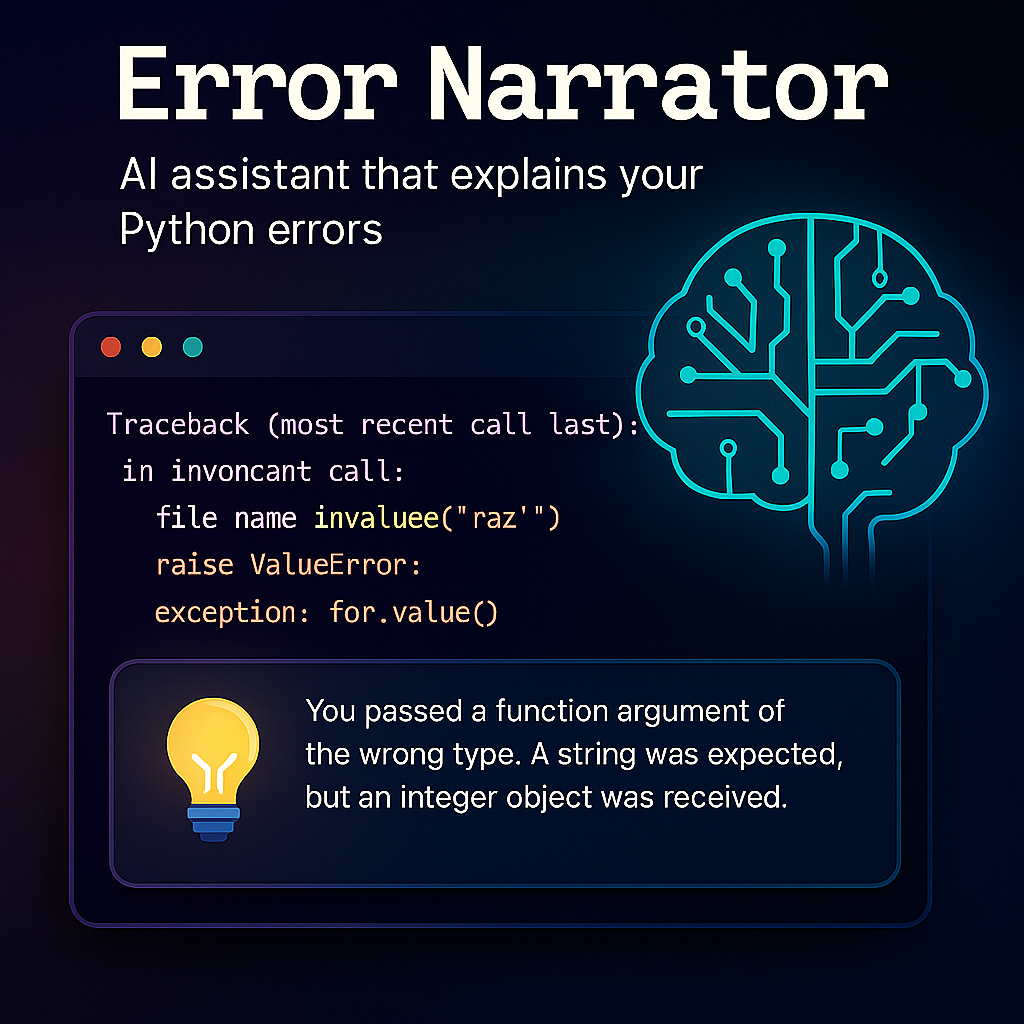
Image Credit: Medium
I built a tool that explains Python errors like you’re five — here’s why it matters
- Error Narrator is an open-source Python library created to explain Python errors in plain English using AI, without buzzwords or noise, directly in the terminal.
- The tool provides information on where the error occurred, what caused it, how to fix it with real code suggestions, why it happened, and is available in both English and Russian.
- It uses language models from OpenAI or Hugging Face to analyze errors and aims to make tracebacks more understandable, especially for beginners or those unfamiliar with the context.
- The creator emphasizes the importance of tools that help people learn from mistakes quickly, avoid soul-draining debugging experiences, and promote understanding over mere error tolerance.
Read Full Article
17 Likes
Hackernoon
349
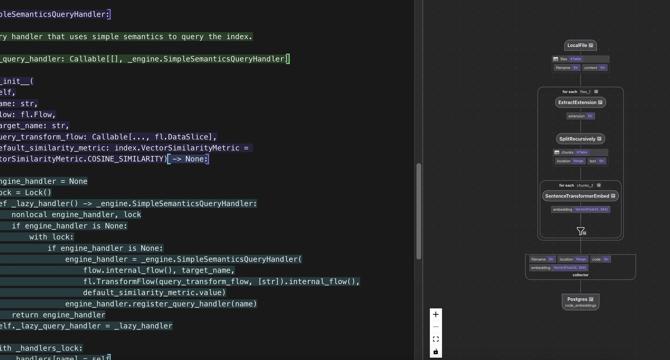
Image Credit: Hackernoon
Your Repo Has Secrets. Indexing Tells AI Where They Are.
- In AI-assisted development, codebase indexing is crucial for fast, accurate answers.
- Context is key for AI agents like large language models (LLMs) to retrieve information.
- Indexing helps AI systems understand and retrieve relevant code snippets efficiently.
- Chunking, embedding, and real-time updates are essential for effective codebase indexing.
Read Full Article
21 Likes
Discover more
- Programming News
- Software News
- Web Design
- Devops News
- Databases
- Cloud News
- Product Management News
- Operating Systems News
- Agile Methodology News
- Computer Engineering
- Startup News
- Cryptocurrency News
- Technology News
- Blockchain News
- Data Science News
- AR News
- Apple News
- Cyber Security News
- Leadership News
- Gaming News
- Automobiles News
Medium
195
Image Credit: Medium
The Ultimate Guide to a 100% Open-Source YouTube Shorts Factory with n8n
- Content creators face a dilemma between expensive automation tools and manual content creation for YouTube Shorts.
- n8n, an open-source workflow automation tool, offers a cost-effective solution with complete control and unlimited workflows.
- With n8n, content creators can build a customizable YouTube Shorts factory at no additional cost.
- The system created with n8n can automate content creation and provide control over the entire process.
Read Full Article
11 Likes
Medium
96
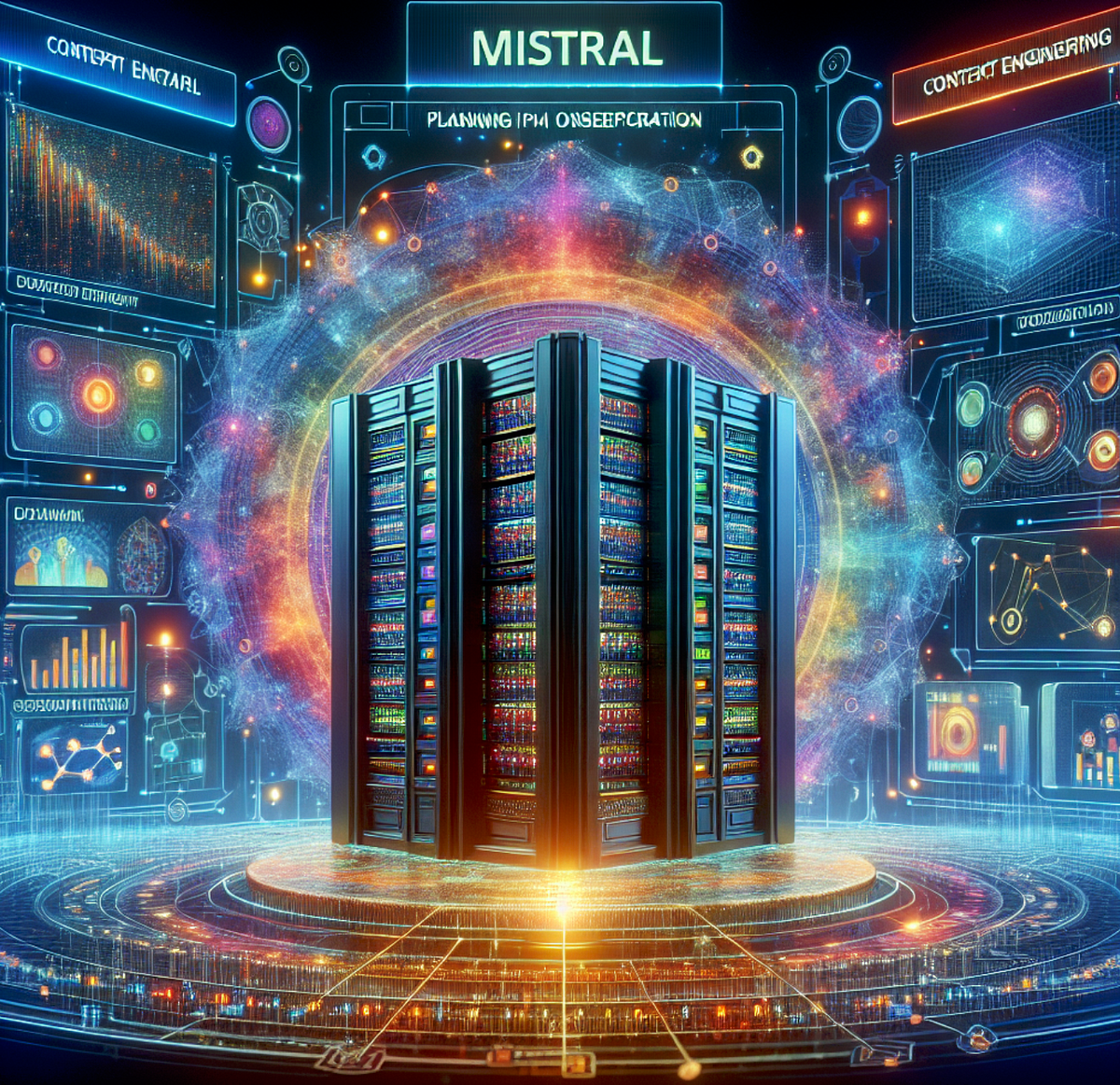
Image Credit: Medium
The Orchestrated Intelligence: Mistral and Context Engineering in AI Planning
- AI holds promise for transformative revolution; Mistral and Context Engineering at forefront.
- 'Context Engineering' guides AI towards structured, objective-driven problem-solving, demonstrated in flight planning.
- Process involves iterative refinement based on input, feedback loop, robust planning capability shown.
Read Full Article
5 Likes
Medium
327
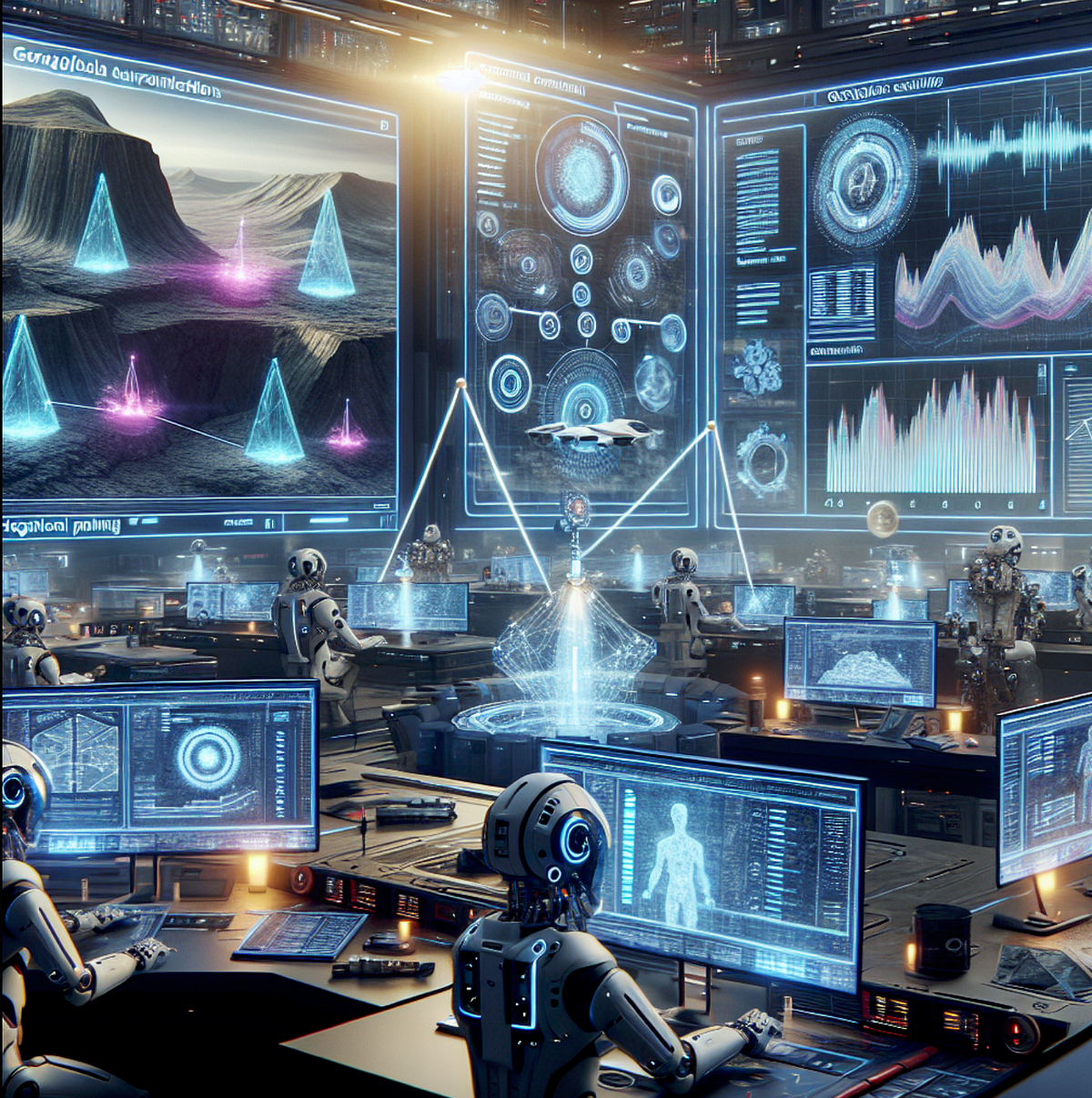
Image Credit: Medium
The Orchestration of Complexity: AI Agents and the Mistral API in Geological Survey Planning
- Large-scale geological expeditions demand meticulous planning in challenging terrains.
- The Earth Science Operations Command Center (ESOCC) automates and optimizes complex planning.
- Utilizing AI agents powered by Mistral API offers adaptability and foresight for expeditions.
- ESOCC uses agent-based architecture for dynamic replanning and efficient operational management.
- The system showcases AI-driven survey planning, adapting to environmental changes for efficient operations.
Read Full Article
19 Likes
Medium
240
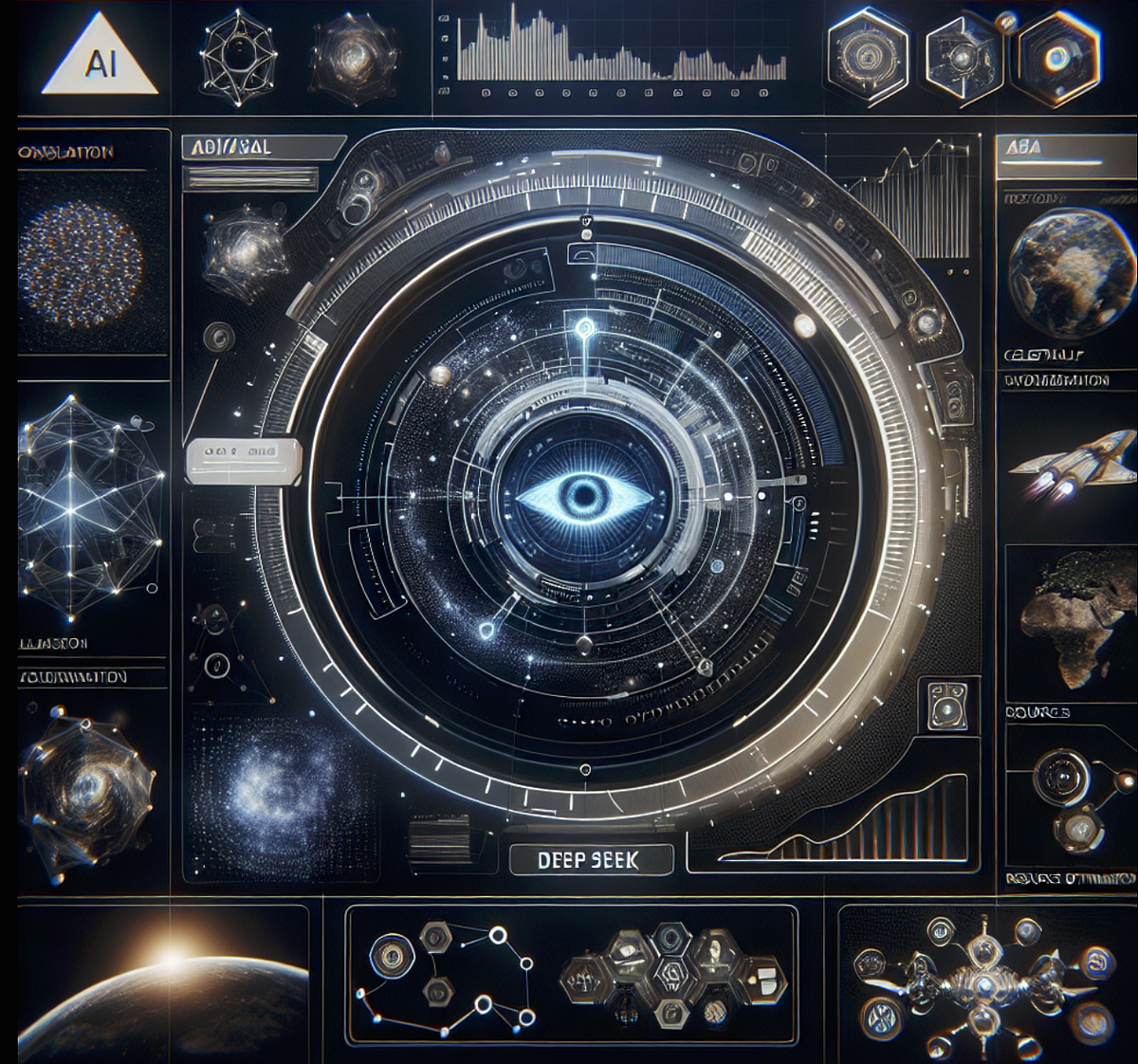
Image Credit: Medium
An AI Agent for Advanced Space Flight Planning with DeepSeek
- A sophisticated AI agent uses a DeepSeek model for advanced space flight planning.
- The agent breaks tasks into manageable sections for detailed and accurate plans.
- Illustrated Mars mission plan showcases advanced reasoning and risk mitigation capabilities.
- Synergy of scientific principles and AI advancements revolutionizes aerospace engineering and mission planning.
Read Full Article
11 Likes
VentureBeat
254

Image Credit: VentureBeat
HOLY SMOKES! A new, 200% faster DeepSeek R1-0528 variant appears from German lab TNG Technology Consulting GmbH
- A German lab TNG Technology Consulting GmbH introduced DeepSeek-TNG R1T2 Chimera.
- The model delivers fast inference with shorter responses and reduced compute costs.
- R1T2 integrates three parent models, maintaining high reasoning while reducing inference cost.
- Built on Assembly-of-Experts method, R1T2 inherits strength from various pre-trained models.
Read Full Article
15 Likes
Marktechpost
76

DeepSeek R1T2 Chimera: 200% Faster Than R1-0528 With Improved Reasoning and Compact Output
- TNG Technology Consulting introduces DeepSeek-TNG R1T2 Chimera, an innovative Assembly-of-Experts model combining intelligence and speed.
- R1T2 merges three parent models - R1-0528, R1, and V3-0324 - to enhance large language model efficiency.
- The model showcases improved speed, selective expert tensor integration, and enhanced reasoning quality.
- R1T2 is publicly available under the MIT License, facilitating community experimentation and downstream fine-tuning.
Read Full Article
4 Likes
Medium
8
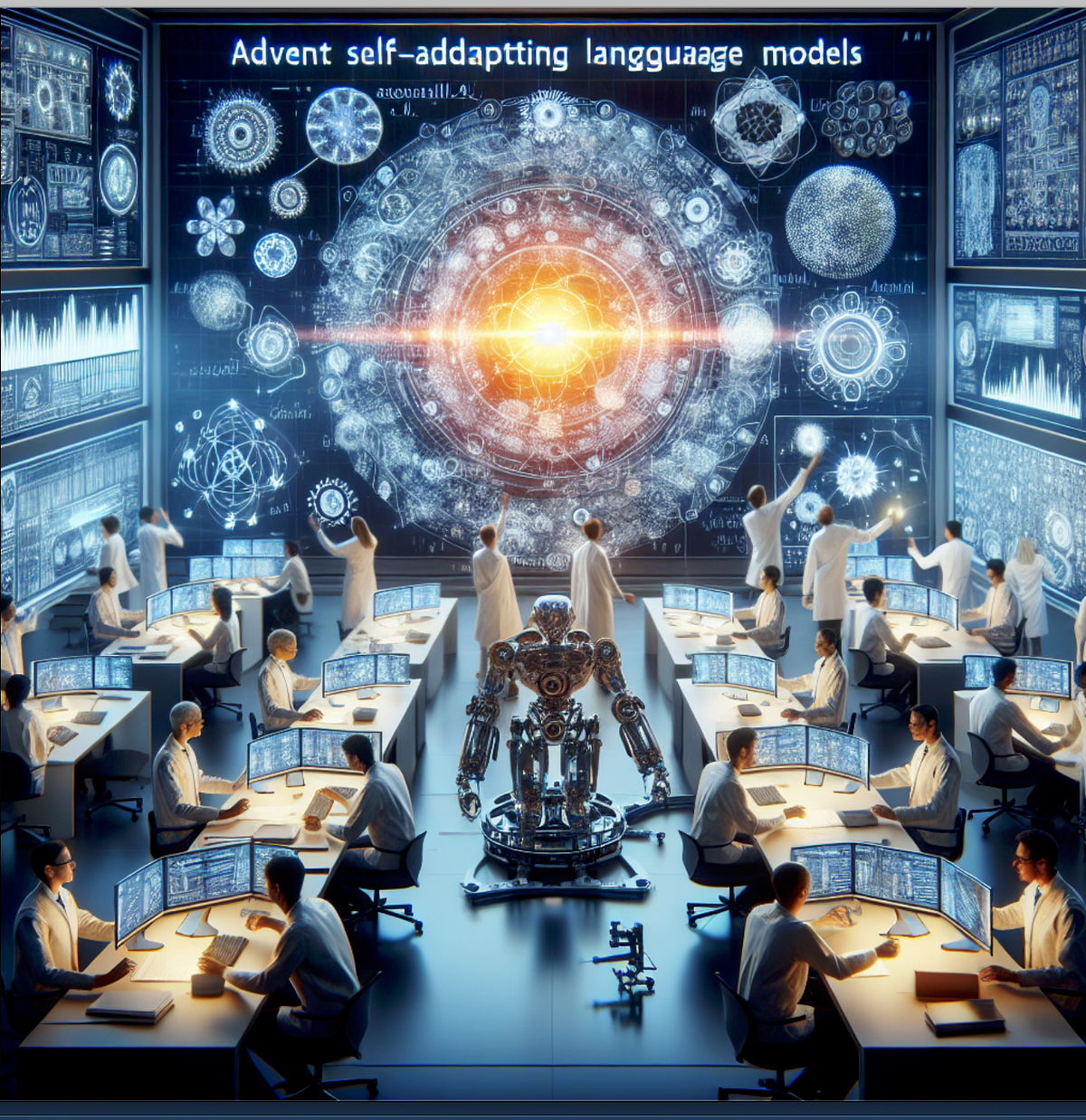
Image Credit: Medium
The Dawn of MIT Self-Adapting Language Models(SEAL)
- Large language models have limitations in adapting to new information and refining learning strategies.
- Self-Adapting Language Models (SEAL) empower models to proactively generate 'self-edits' for improvement.
- SEAL's two-tiered learning process allows models to update and adapt autonomously for tasks.
- SEAL showcases enhanced performance in knowledge incorporation and few-shot learning scenarios.
Read Full Article
Like
Silicon
7
Image Credit: Silicon
Baidu, Huawei Push Open-Source Shift With More AI Models
- Chinese tech giants Baidu and Huawei have released significant AI models into the open-source community this week, following the success of start-up DeepSeek in drawing attention to open-source AI.
- Baidu made its Ernie 4.5 models available on Hugging Face, with a range of variants from lightweight to the 424 billion parameter version, while Huawei open-sourced two of its Pangu AI models, highlighting their performance.
- Baidu's 300B Ernie 4.5 model surpassed DeepSeek's V3, showcasing intense competition in China's AI market, where open-source models are gaining popularity among developers, with Alibaba's Qwen models being well-received.
- Huawei's open-sourcing efforts extend to a pathology model in collaboration with Ruijin Hospital, aiming to improve cancer diagnoses in China. This move follows other Chinese AI startups also contributing to the open-source community.
Read Full Article
Like
Hackernoon
8

Image Credit: Hackernoon
Here’s Everything I Learned Building a Bitcoin Wallet from Scratch in 4 Months
- Building a Bitcoin wallet from scratch in 4 months, live-streaming the process.
- Started as an MVP, but evolved into a solo graduation project due to market demand.
- Focused on core functionalities, learned the art of saying no to feature creep.
- Used BitcoinJS-lib, React Native, TypeScript, and key Bitcoin standards in development.
- Personal lessons: Perfection hinders momentum, persistence is key, and backend is preferred.
Read Full Article
Like
Marktechpost
196

Baidu Open Sources ERNIE 4.5: LLM Series Scaling from 0.3B to 424B Parameters
- Baidu has open-sourced the ERNIE 4.5 series, offering powerful models with enhanced language understanding and reasoning, ranging from 0.3B to 424B parameters.
- The models feature advanced architectures, including MoE designs, and are trained using a mix of techniques across diverse domains in Chinese and English.
- ERNIE 4.5 models showcase performance improvements in various NLP tasks, achieving state-of-the-art accuracy and coherence, particularly in Chinese language understanding.
- Applications for these models include chatbots, search, content generation, and multimodal extensions, catering to tasks requiring memory and reasoning across long documents or sessions.
Read Full Article
11 Likes
Analyticsindiamag
228

Image Credit: Analyticsindiamag
Why Red Hat is flaunting its AI feathers
- Red Hat showcased its AI capabilities at the recent Red Hat Summit 2025.
- The company is leveraging open-source solutions to democratize AI across various environments.
- Red Hat focuses on making AI usable, flexible, and production-ready for enterprises.
- It is expanding its AI portfolio to bridge the gap between innovation and deployment.
- Red Hat's acquisitions and collaborations aim to support scalable, agentic AI infrastructure.
Read Full Article
13 Likes
For uninterrupted reading, download the app